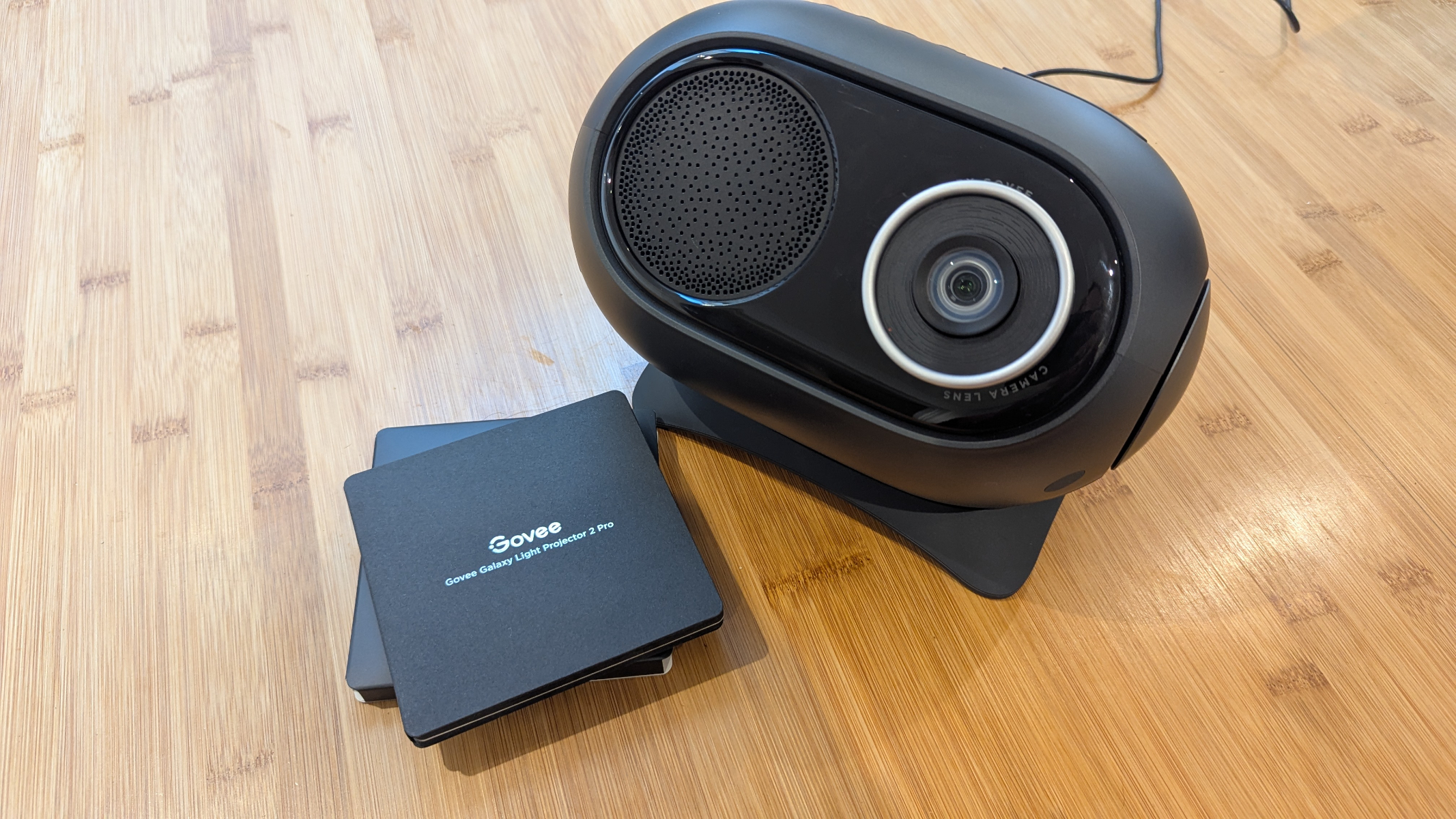SpaceX launches Dragon cargo ship toward space station, aces 50th rocket landing
SpaceX's Dragon capsule should arrive at the orbiting lab early Monday (March 9).
CAPE CANAVERAL, Florida — SpaceX successfully launched an uncrewed Dragon spacecraft for NASA today (March 6), sending fresh supplies toward the International Space Station (ISS) — and also sticking another rocket landing, the 50th for the company overall.
The two-stage Falcon 9 rocket used in today’s flight is a veteran; its first stage also lofted the previous Dragon cargo mission, in December 2019. The rocket blasted off from Pad 40 here at Cape Canaveral Air Force Station at 11:50 p.m. EST (0450 GMT on Saturday, March 7), illuminating the skies above Florida’s Space Coast.
As the rocket roared to life, car alarms at the press site were triggered, barely audible above the more than 1 million lbs. of thrust generated by the rocket’s engines.
Related: How SpaceX's Dragon space capsule works (infographic)
Approximately 8 minutes after liftoff, the booster’s engines relit as part of the landing process. Sonic booms cracked across the sky as the rocket stuck its landing at SpaceX's Landing Zone 1 facility at Cape Canaveral. SpaceX, which prioritizes the development of reusable spaceflight systems, has now pulled off 50 such touchdowns during orbital missions to date.
This Dragon capsule is a veteran as well, having reached the ISS twice before, in February 2017 and December 2018. If all goes according to plan, the capsule will arrive at the ISS for the third time early on Monday morning (March 9).
The mission that kicked off tonight, dubbed CRS-20, is the final flight under SpaceX's first commercial resupply services contract with NASA, which was signed in 2008 and is valued at $1.6 billion.
Breaking space news, the latest updates on rocket launches, skywatching events and more!
The first Dragon reached the ISS in 2012, becoming the first commercial spacecraft ever to do so. Twenty flights later, this version of the Dragon will soon retire.
Beginning in October of this year, all future resupply missions will feature SpaceX's upgraded Dragon 2 capsule. That version will be capable of flying five times whereas each Dragon 1 was rated to fly just three times.
Dragon 1 has to berth with the space station via robotic arm, whereas Dragon 2 will dock itself to the orbital outpost. The new capsule features many other upgrades as well.
SpaceX has also built a crew-carrying capsule, called (appropriately enough) Crew Dragon. Crew Dragon first flew a year ago, reaching the space station on SpaceX's uncrewed Demo-1 mission. The crew spacecraft will soon fly astronauts to the orbiting lab on a mission called Demo-2, which could launch as soon as early May. (SpaceX holds a multibillion-dollar NASA contract to fly astronauts to and from the ISS. This deal is separate from the company's cargo contract.)
Crew Dragon has special systems unique to carrying crew — for example, life support systems, seats and a launch escape system.
Tucked inside today’s cargo Dragon is more than 4,300 lbs. (1,950 kilograms) of supplies, including a bevy of research experiments that will support more than 25 science investigations over the course of the space station's expeditions 62 and 63.
Included in that cargo is a unique experiment that will look at how stem cells grow in microgravity. Researchers from Emory University in Atlanta aim to understand how stem cells transition into heart muscle cells in microgravity. Such knowledge could aid in the treatment of heart disease, the No. 1 killer in the United States, NASA officials said.
Another investigation is looking at intestine function. Researchers are sending tissue chips to the space station that will help them better understand organ function and the body’s immune system response in stressful situations.
Dragon is one of two uncrewed cargo vehicles currently contracted by NASA to keep the space station stocked. The other is Cygnus, which is flown by Virginia-based company Northrop Grumman.
Since Dragon first docked with the space station in 2012, the spacecraft has delivered more than 95,000 lbs. (43,000 kg) of cargo and returned more than 76,000 lbs. (34,475 kg) of research.
The spacecraft will stay at the space station for about a month before returning to Earth with precious research aboard.
- SpaceX's Crew Dragon Demo-1 test flight in pictures
- International Space Station: facts, history & tracking
- In photos: A behind-the-scenes look at SpaceX's Crew Dragon spaceship
Follow Amy Thompson on Twitter @astrogingersnap. Follow us on Twitter @Spacedotcom or on Facebook.
OFFER: Save at least 56% with our latest magazine deal!
All About Space magazine takes you on an awe-inspiring journey through our solar system and beyond, from the amazing technology and spacecraft that enables humanity to venture into orbit, to the complexities of space science.

Amy Thompson is a Florida-based space and science journalist, who joined Space.com as a contributing writer in 2015. She's passionate about all things space and is a huge science and science-fiction geek. Star Wars is her favorite fandom, with that sassy little droid, R2D2 being her favorite. She studied science at the University of Florida, earning a degree in microbiology. Her work has also been published in Newsweek, VICE, Smithsonian, and many more. Now she chases rockets, writing about launches, commercial space, space station science, and everything in between.


